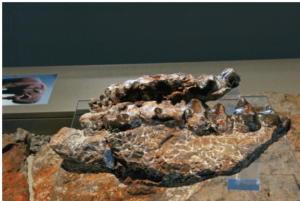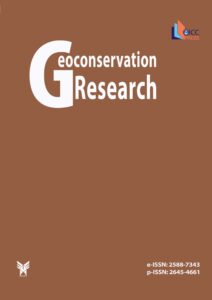
In this Special Issue, we present 11 of the 15 geoparks that show key aspects of the past and current volcanic development of Europe. The sites include currently active locations along the mid-Atlantic ridge, from the Canary Islands and the Azores in the south to Iceland in the north. Other sites in continental Europe, from […]
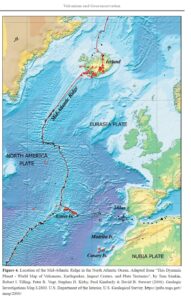
Research over decades confirms the geological values of the Papuk UNESCO Global Geopark (Croatia) as a unique place in the regional frame where several orogenic events left their traces through the formation of diverse lithologies. The important part of the geological mosaic, at least in the western part of the Geopark, is the variety of […]
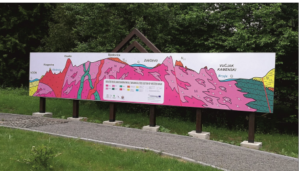
Cabo de Gata-Níjar geopark is an exceptional volcanic zone in the western Mediterranean because of the submarine effusive volcanism and the large volume of subaerial pyroclastic deposits; volcanism developed between land and sea. Its extensive outcrops attract students and researchers from all over Europe to have a better and more precise understanding of the processes […]
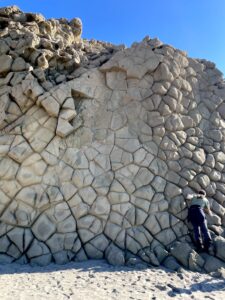
Four small scoria cones in the western outskirts of Al Madinah City, the Kingdom of Saudi Arabia, form a distinct young volcanic landmark. These volcanoes, despite their very small size, provide one of the most fundamental sources of information about the early eruption mechanism of rising mafic magma in the context of an active volcanic […]

Katla UNESCO Global Geopark is one of the most active volcanic areas in Iceland where the Eastern Volcanic Zone and the Iceland Mantle Plume control the activity. The interaction of ice and fire has dominated the eruption styles and formations from the central volcanoes while large fissure eruptions have occurred on the fissure swarms of […]
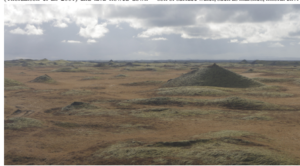
As a part of the long-standing volcanism of the Carpathian–Pannonian Region, a basaltic monogenetic volcanic field developed here from 8–2.3 Ma. This is a specific type of volcanism, when mostly a small volume of magma erupts intermittently and always in a new place. The Bakony–Balaton Uplands area is an excellent natural laboratory, where several unique […]
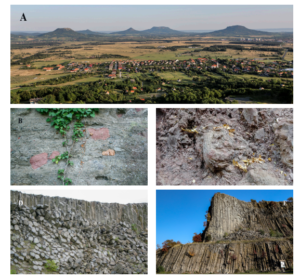
Central Europe and the area of the UNESCO Global Geopark Bohemian Paradise have been affected by global tectonic events, especially during the last 500 million years. Volcanic phenomena are the most striking traces today of such past tectonic events. At the end of the Paleozoic, there were a number of volcanic eruptions connected to the […]
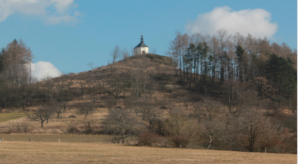
The Azores UNESCO Global Geopark, located in the North Atlantic Ocean is a volcanic archipelago with several non-inhabited islets and nine inhabited islands. The 27 volcanic systems with polygenetic central volcanoes and volcanic ridges, most of them active but dormant, represent an exuberant geological heritage, most of which (77% of geosites) is protected. The quantity […]
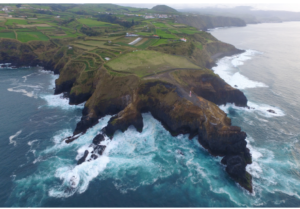
El Hierro UNESCO Global Geopark, the first declared in the Canary Islands, treasures an impressive geological heritage, represented by its Geological Interesting Places (GIPs or geosites) has as foremost exponents those related to the formation of mega-landslides and the formation of extensive fields of pahoehoe lava-flows associated with the historical or prehistoric fissure vulcanism that […]

The Kula-Salihli UNESCO Global Geopark includes evidence of geological history spanning 600 million years, from Palaeozoic metamorphic rocks to late prehistoric volcanic eruptions. It can function as a field laboratory for geosciences, demonstrating a variety of graben and fault structures and fluvial, volcanic, and karstic landscapes, in addition to rocks from various geological eras, evidence […]
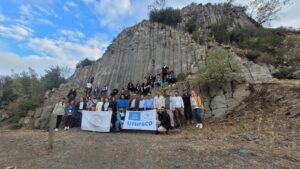
The island of Lanzarote represents a fragile insular space of high environmental value, where coexistence between conservation and the controlled and responsible use of local heritage has been achieved. Since April 2015, Lanzarote and the set of islands and islets of the Chinijo Islands, have been part of the UNESCO Global Geopark Network. Among its […]
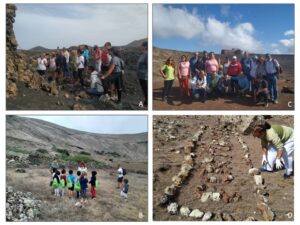
The Novohrad–Nógrád UNESCO Global Geopark is the first cross-border geopark located between Slovakia and Hungary, Eastern–Central Europe. “Ancient world without borders” – its motto reflects both the remarkable geodiversity and the strong link between people living on either side of the state border. In this relatively small area, almost all types of eruption products can […]
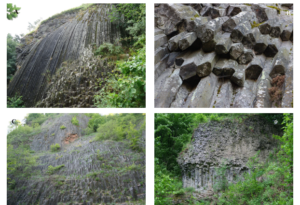
The Regional Natural Park of the Monts d’Ardèche, located in south-eastern France, became the Monts d’Ardèche UNESCO Global Geopark in September 2014. This territory possesses significant volcanic features dating from the Miocene to the late Pleistocene. The UNESCO Global Geopark label helped to formalize a long-standing partnership with the University of Clermont Auvergne which includes […]
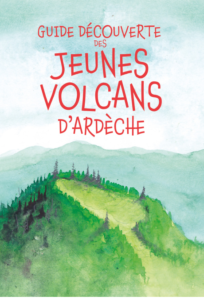
The new book edited by Dóniz-Páez & Pérez presents the experience and the findings of the multi-aspect research undertaken in the El Hierro UNESCO Global Geopark (UGGp) established in the Canary Islands of Spain for about a decade. Taking into account the general importance and the diversity of the topics considered in this book, the […]
The Azores UNESCO Global Geopark, located in the North Atlantic Ocean is a volcanic archipelago with several non-inhabited islets and nine inhabited islands. The 27 volcanic systems with polygenetic central volcanoes and volcanic ridges, most of them active but dormant, represent an exuberant geological heritage, most of which (77% of geosites) is protected. The quantity […]
The Petrified Forest of Lesvos is a Protected Natural Monument showing standing and lying petrified tree trunks, preserved by intense volcanic activity in the early Miocene. The Natural History Museum of Lesvos Petrified Forest contributed significantly to scientific research, conservation, exhibition, promotion and international recognition of the Lesvos Island UNESCO Global Geopark, a founding member […]
